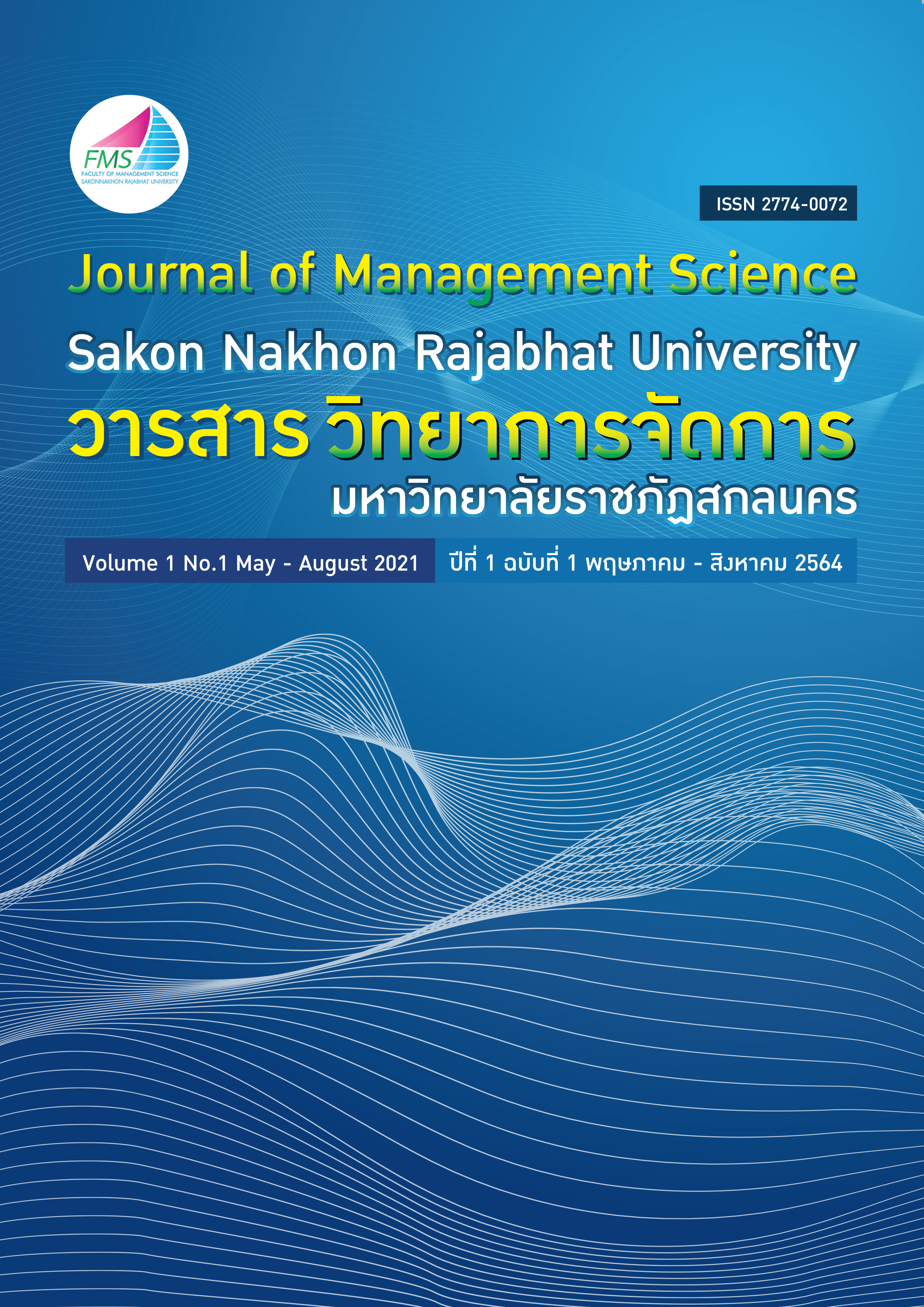A COMPARISON OF URBAN AND RURAL COMMUNITIES MANAGEMENT APPROACHES TO CONTROL THE OUTBREAK OF COVID-19 IN THE 10TH PUBLIC HEALTH REGION
A COMPARISON OF URBAN AND RURAL COMMUNITIES MANAGEMENT APPROACHES TO CONTROL THE OUTBREAK OF COVID-19 IN THE 10TH PUBLIC HEALTH REGION
Keywords:
Management, Outbreak Control, COVID-19Abstract
The objectives of this study were to 1) study the situation of outbreaks in clusters (Cluster) of COVID-19 in urban and rural communities; 2) to compare management approaches to control outbreaks in clusters (Cluster) of COVID-19 in urban and rural communities, Health Area 10 3) to create recommendations on management guidelines to control the spread of COVID-19. In the case of outbreaks in urban and rural communities, Health Zone 10 was studied between April 1 - May 31, 2021. It is a large cluster of outbreaks with more than 20 infected people. From the epidemic situation in the health zone 10, it was found that the outbreak was a large cluster with more than 20 cases. Four incidents (Cluster) were outbreaks in an urban community and one in rural communities 3 incidents. Community outbreak factors, the city was formed by visiting entertainment venues. In rural communities, it is a family-based outbreak where most of the infected people return from high-risk areas. It was also found that there were groups involved in illegal activities (gambling circles), shopping in stores with infected people. gatherings and eating together among relatives, etc. On the management of outbreak control in urban communities compared to rural communities, it was found that management in urban communities has a formal format with multi-sector coordination. Accessing vulnerable groups may be more difficult in rural communities. readiness of manpower Equipment and emergency response systems in urban areas are more readily available than in rural communities. while rural communities are characterized by informal working styles. This can be done through community relationships. This makes it easier to reach vulnerable groups and get more cooperation than urban communities. Therefore, in order to provide management to control the spread of the COVID-19 epidemic to be effective in both urban and rural communities. The capacity of personnel and communicable disease control units should be increased at all levels. to be able to switch the power rate in an emergency There are clear operational guidelines and EOC development at the district level to be ready. according to the specified standards Information has been developed so that it can be used in planning adequate resource management. and driving proactive disease prevention and control operations Risk communication and the creation of cooperation from all network partners in order to keep disease control in line with the specified goals.
Downloads
Published
How to Cite
Issue
Section
License
Copyright (c) 2021 JOURNAL OF MANAGEMENT SCIENCE SAKON NAKHON RAJABHAT UNIVERSITY

This work is licensed under a Creative Commons Attribution-NonCommercial-NoDerivatives 4.0 International License.
An article published in the Journal of Management Science. Sakon Nakhon Rajabhat University is the opinion, copyright and responsibility of the author of the work.






